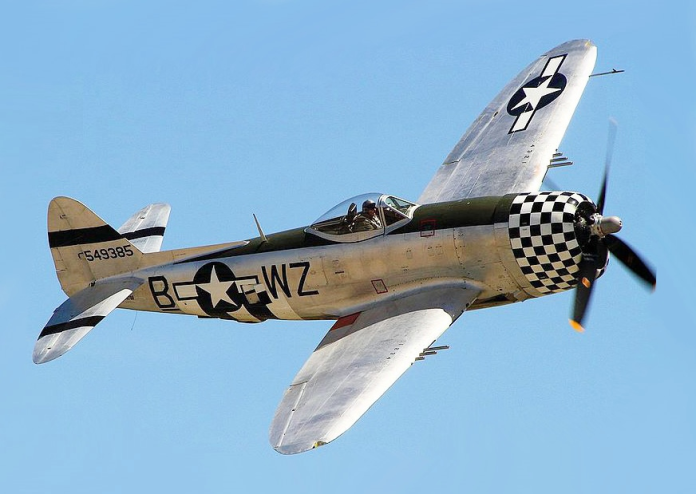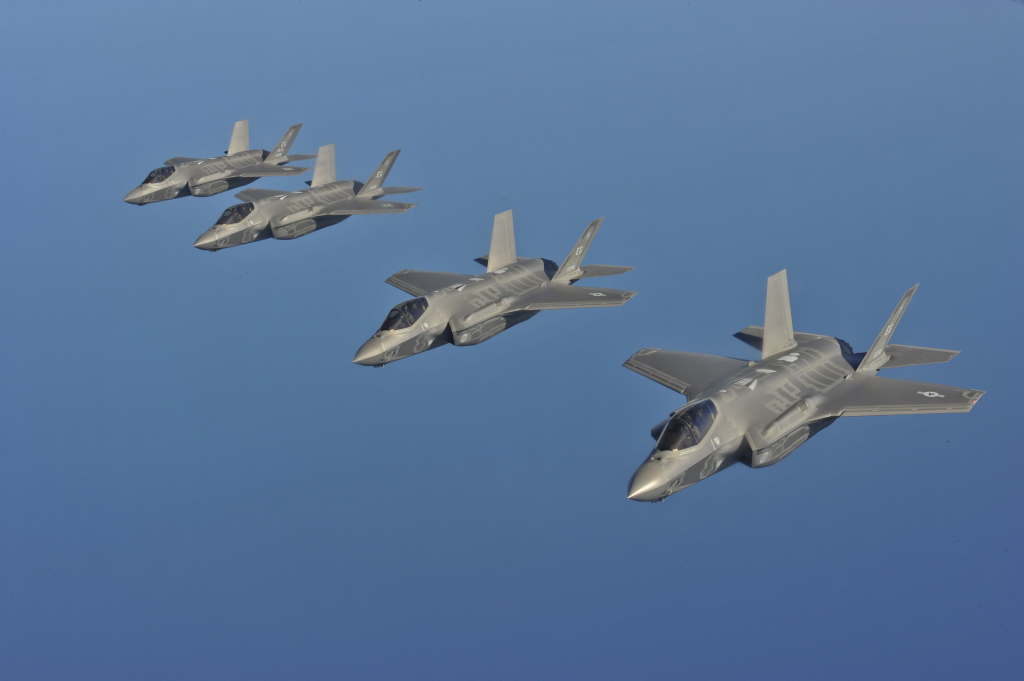
It doesn’t take many examples that a fighter plane accumulates a moniker such as “The Jug” or “The Missile with a Man in It.” However, there is a lot of U.S. aviation heritage abounding with planes whose legacies are as grand as their capabilities. Some were born in the crucible of the World Wars, others in Cold War politics’ dark corridors, and others are still establishing the frontiers of aerospace engineering today. They are all tales of technological innovation, battlefield imperative, and the unrelenting quest for air superiority.
From piston-powered icons that led the bombers over Europe to stealthy fifth-generation wonder planes built for disputed skies, the history of American fighters mirrors the changing nature of air combat. Speed and agility once ruled; today, stealth, sensors, and network-centric warfare are redefining the handbook. Following is a selective examination of eight American fighters not just that served but changed the very character of what a combat aircraft could do.
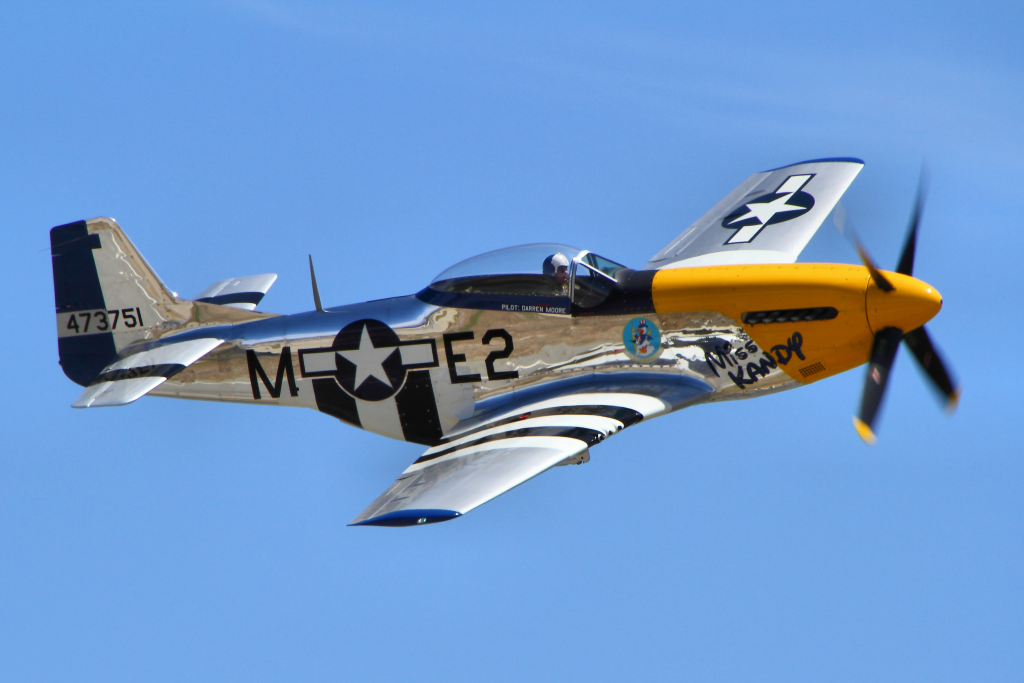
1. P-51 Mustang: The Long-Range Game-Changer
First flown in 1944, the North American P-51D Mustang paired the Rolls-Royce Merlin engine with a sleek fuselage to achieve a top speed of over 440 mph and fine range. This enabled it to escort bombers deep into enemy-occupied territory, a feature that tipped the air war over Europe’s balance.
Its bubble canopy enhanced visibility, and six .50-caliber machine guns provided it with killer capabilities. Wartime statistics credited 5,944 USAAF air victories to the Mustang, more than any other American fighter plane of World War II. Aside from quantities, range and versatility made it a new standard in fighter design, an effect that carried over into post-war design.
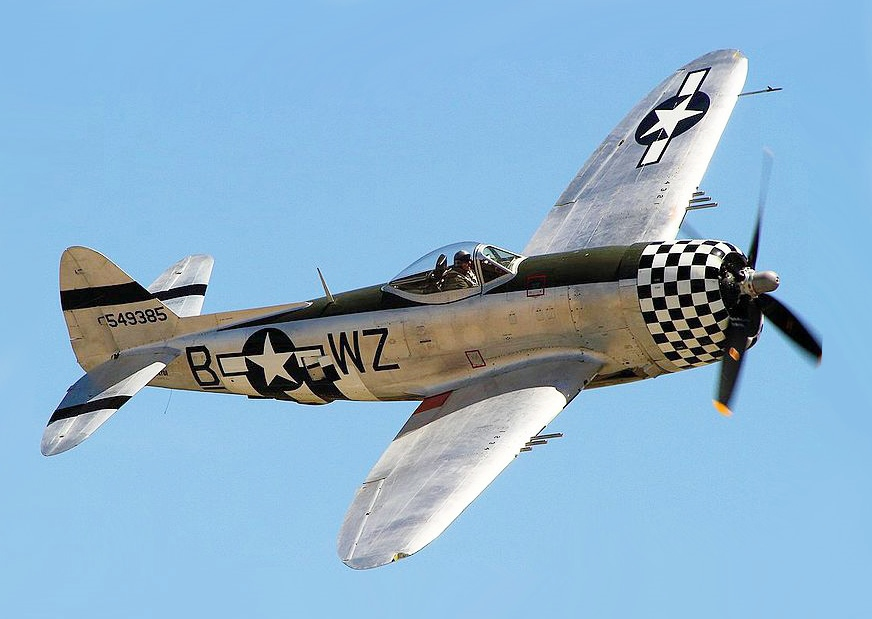
2. P-47 Thunderbolt: The Indestructible Bruiser
Republic’s P-47 Thunderbolt, also called “The Jug,” was the single-engine heavy-built fighter ever built. Powered by a Pratt & Whitney R-2800 engine, it had a roughly 430 mph top speed and could absorb immense combat damage. Its ruggedness made it ideal for ground attack sorties, where every mission is interrupted by shell bursts and small-arms fire.
With 3,795 accredited kills, the P-47 was deadly as an air-air fighter. Its turbocharger system imposed on it its bulging looks but provided it with its high-altitude performance that was equal to or superior to its contemporaries. Its lessons in survivability are carried on by today’s fighter aircraft designs.
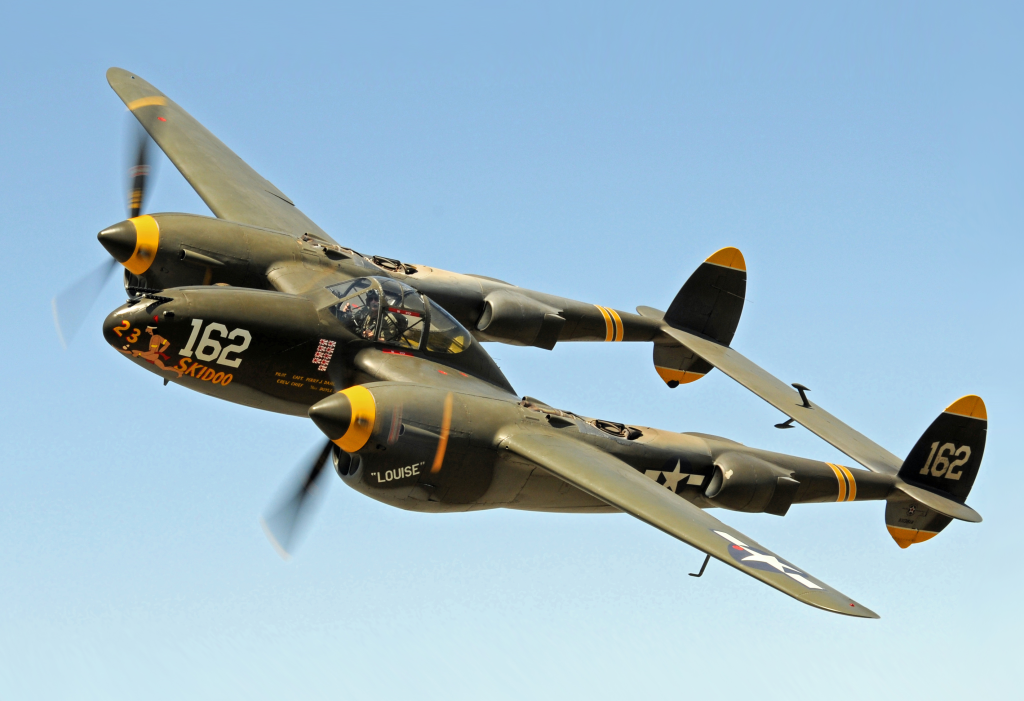
3. P-38 Lightning: Twin-Boom Versatility
The Lockheed P-38 Lightning was unique in its twin-boom and twin Allison engine design, which provided more than 400 mph. It excelled in the Pacific, where range was the most important factor, and served in everything from interception to reconnaissance.
America’s two top-scoring aces, Richard Bong and Thomas McGuire, both operated P-38s, with Bong accumulating 40 victories. Its 3,785 air kills are also a testament to its effectiveness. Although less dominant in Europe, the Lightning’s adaptability and unfamiliar form made it one of the most pioneering WWII fighters.
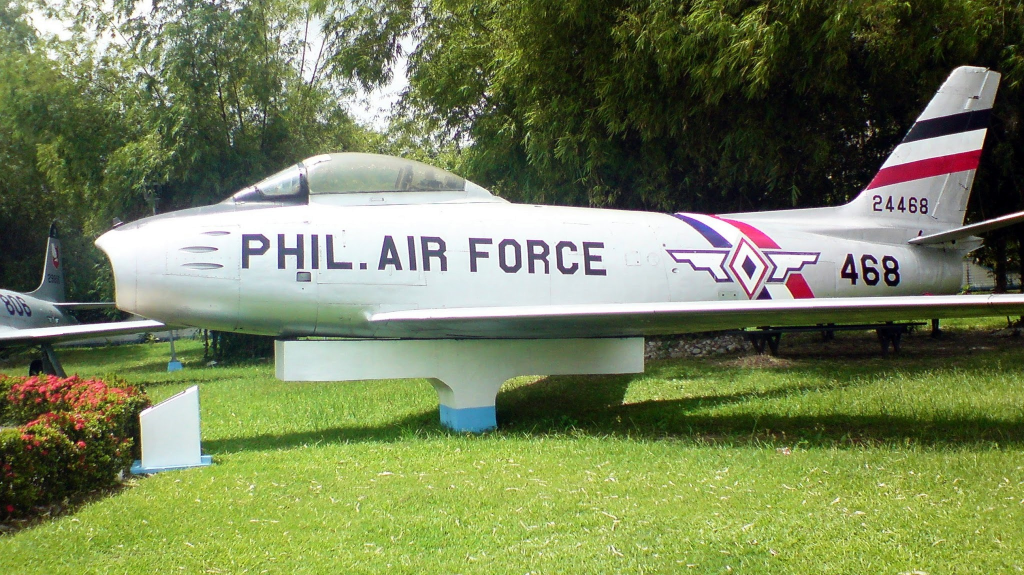
4. F-86 Sabre: Jet Age Dogfighter
The North American F-86 Sabre introduced swept-wing aerodynamics to US fighter planes with near-Mach 1 capability. It battled the Soviet-built MiG-15 in high-speed dogfighting in the Korean War, straining the pilots and plane to their limits.
Equipped with six .50 caliber guns, the Sabre maintained a robust kill ratio and proved the value of aerodynamic innovation in jet combat. Its success also established U.S. establishment in transonic, radar-equipped fighter era, leading to supersonic design.
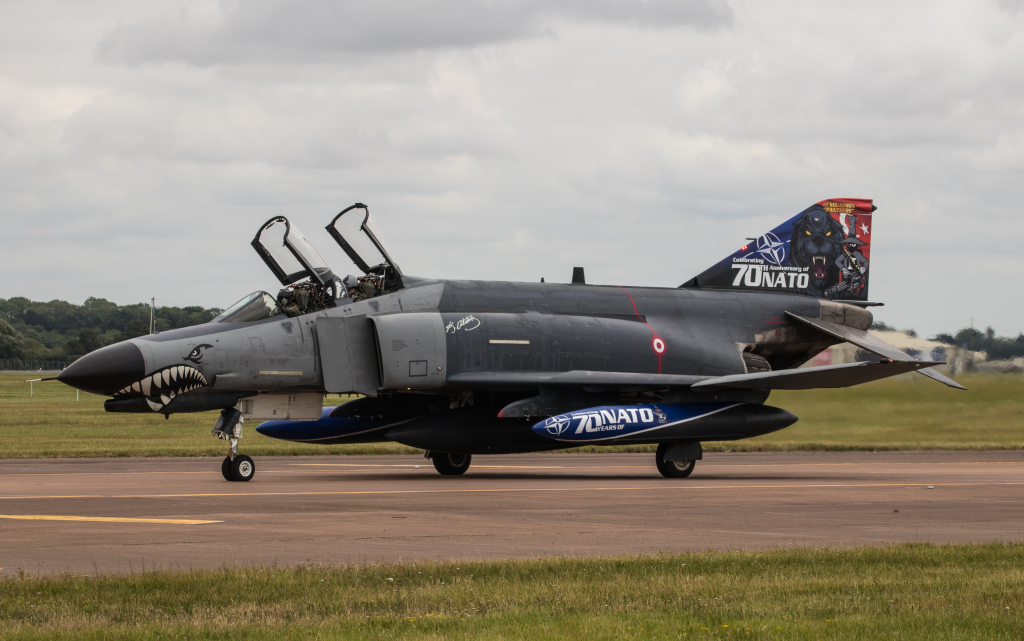
5. F-4 Phantom II: Multirole Powerhouse
McDonnell Douglas’s F-4 Phantom II was a Cold War-era icon of production aircraft with the ability to cruise above Mach 2 and carry tons of ordnance. It operated with the Air Force, Navy, and Marine Corps on air superiority, ground attack, and reconnaissance missions.
Its wartime and post-war experience in Vietnam validated the value of multirole flexibility. Phantom’s adaptability in performing missions such as the Wild Weasel SAM-busting mission indicated a trend toward fighters as modular vehicles and not as specialist aircraft.
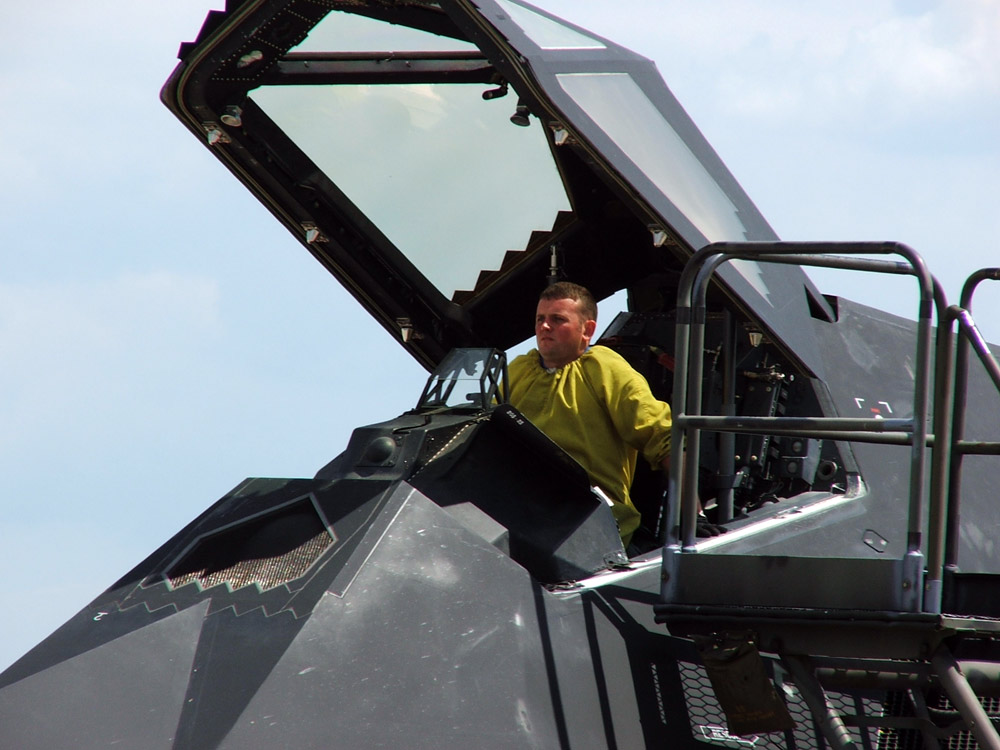
6. F-117 Nighthawk: Stealth Pioneer
When the Lockheed F-117 Nighthawk emerged from the shadows in 1988, it brought with it a complete new philosophy: outwitting, instead of outdashing, enemies. Its faceted shapes and radar-absorbing materials generated a nearly invisible signature on radar, allowing it to attack with precision within defense-saturated skies.
Though subsonic and designed purely for ground attack, the Gulf War performance of the F-117 cemented stealth as a design precept. It had a direct impact on future projects, the B-2 bomber and F-22 Raptor.
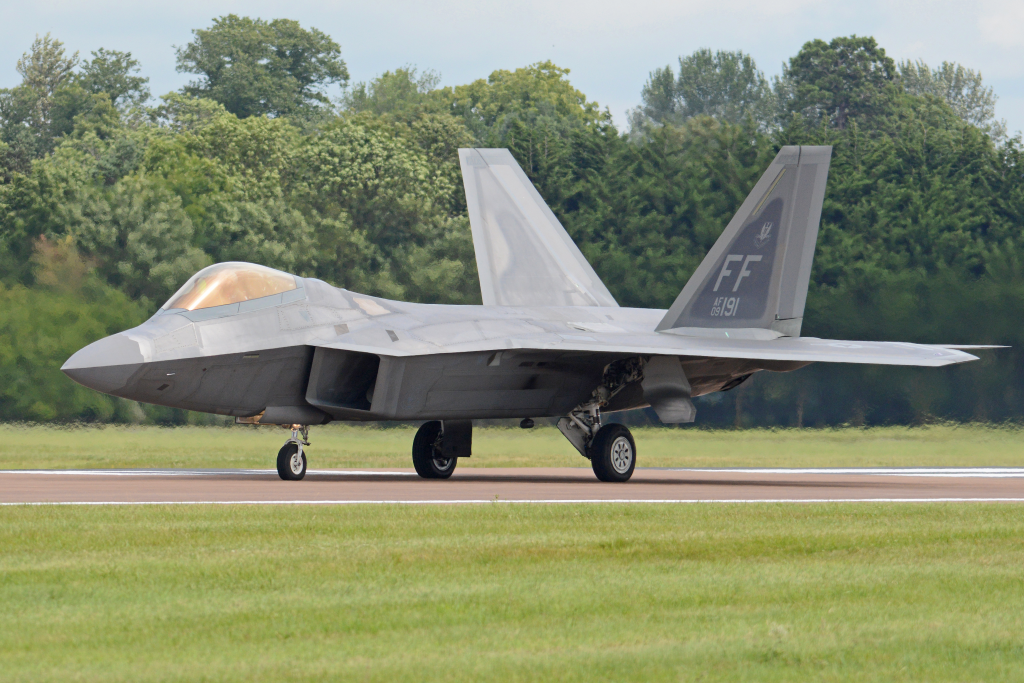
7. F-22 Raptor: Redefining Air Superiority
First produced in 2005, the Lockheed Martin F-22 Raptor integrated stealth, Mach 1.82 supercruise capability, and thrust-vectoring flight control. The plane is designed for air dominance but also performs ground attack and electronic warfare.
For an investment of only 187 manufactured because of cost, the F-22 stands unrivaled in survivability, sensor fusion, and kinematic capability. In the words of former Air Force Secretary Frank Kendall, capabilities such as the “ability to survive, persist, interoperate, and adapt” in hostile terrain only grow more crucial.
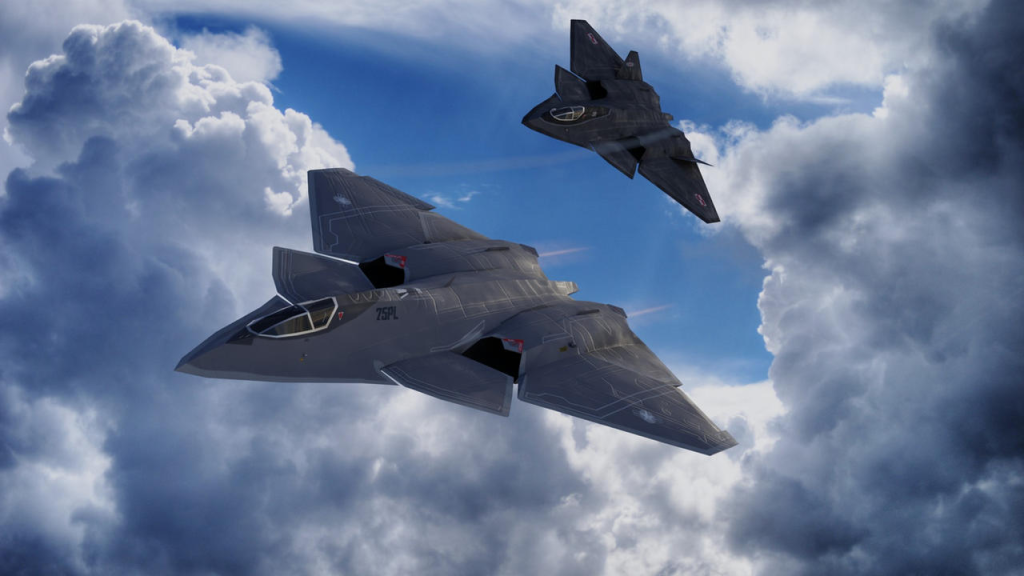
8. NGAD F-47: The Sixth-Generation Leap
The next Boeing-designed F-47 under the Next Generation Air Dominance program is the Air Force’s response to the rising threats, most notably those posed by China’s growing stealth force. Initial designs show a twin-engine, tailless fighter with a focus on range and stealth.
Commissioned to fly in tandem with uncrewed “loyal wingmen,” the F-47 represents a doctrinal move toward “family of systems” procurement. Its estimated unit price of nearly $300 million captures at once the vision in technology and fiscal urgency of keeping U.S. air superiority through the 2030s.
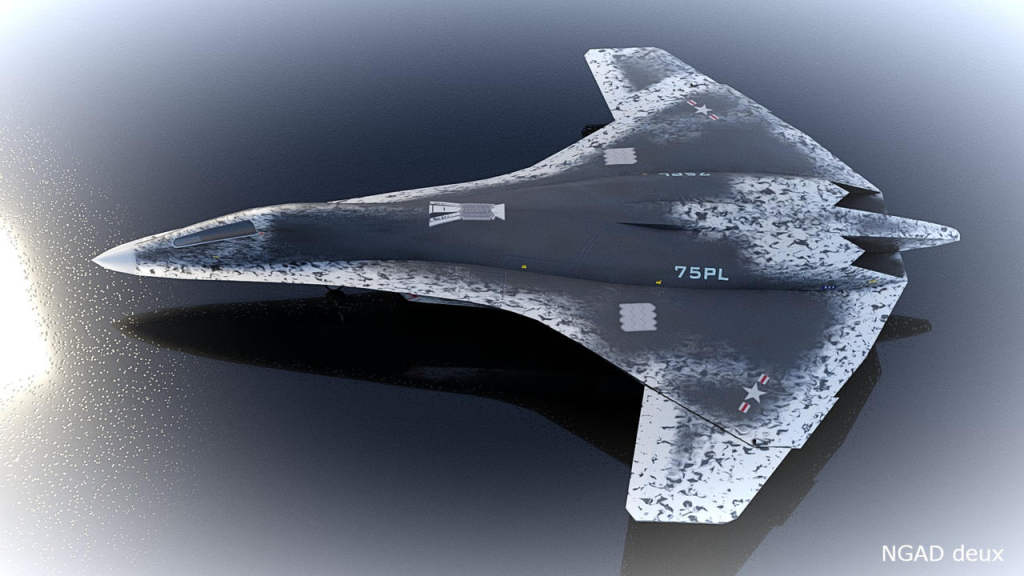
From the Merlin-engined Mustangs of the 1940s to the top-secret lines of the NGAD F-47, US fighters have always evolved to meet the needs of their era. Each step up in capability has been fueled by a combination of technological advancement, strategic imperative, and hard-won experience in combat. While air combat evolves into stealth, networking, and over-the-horizon capability, these aircraft are milestones along the path to whatever comes next in the harsh world of the air.
